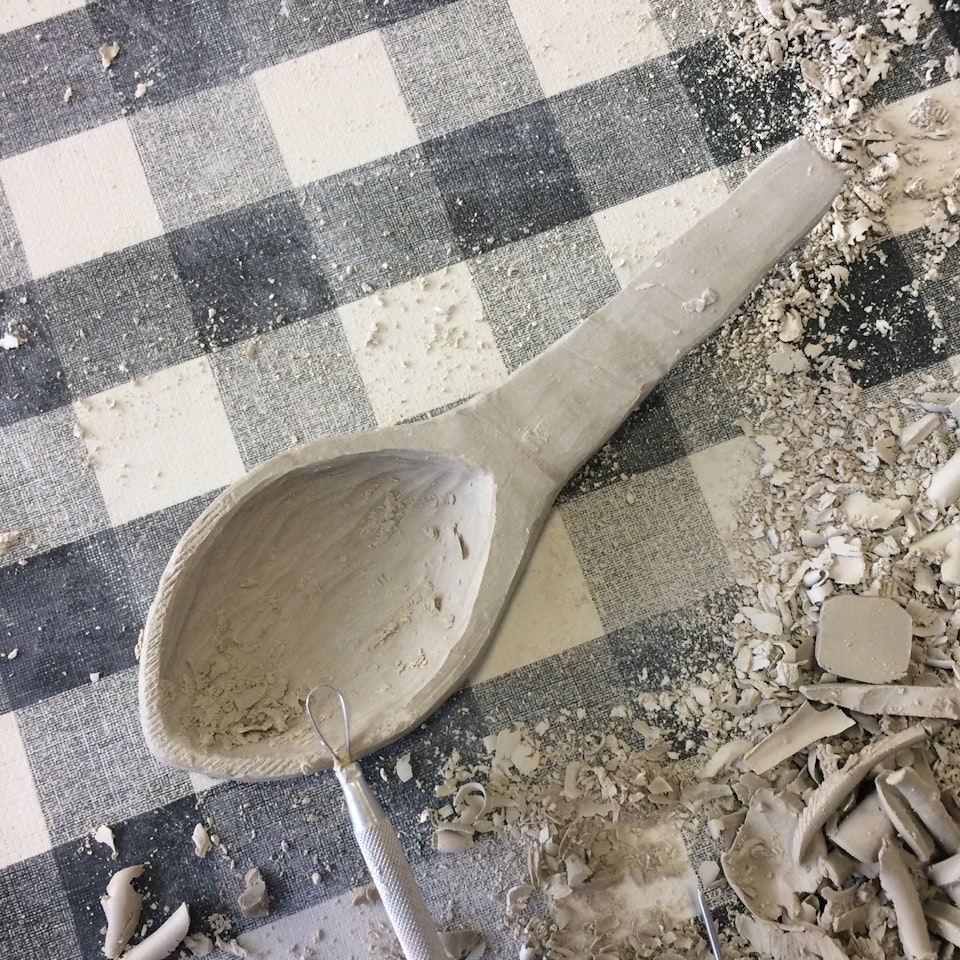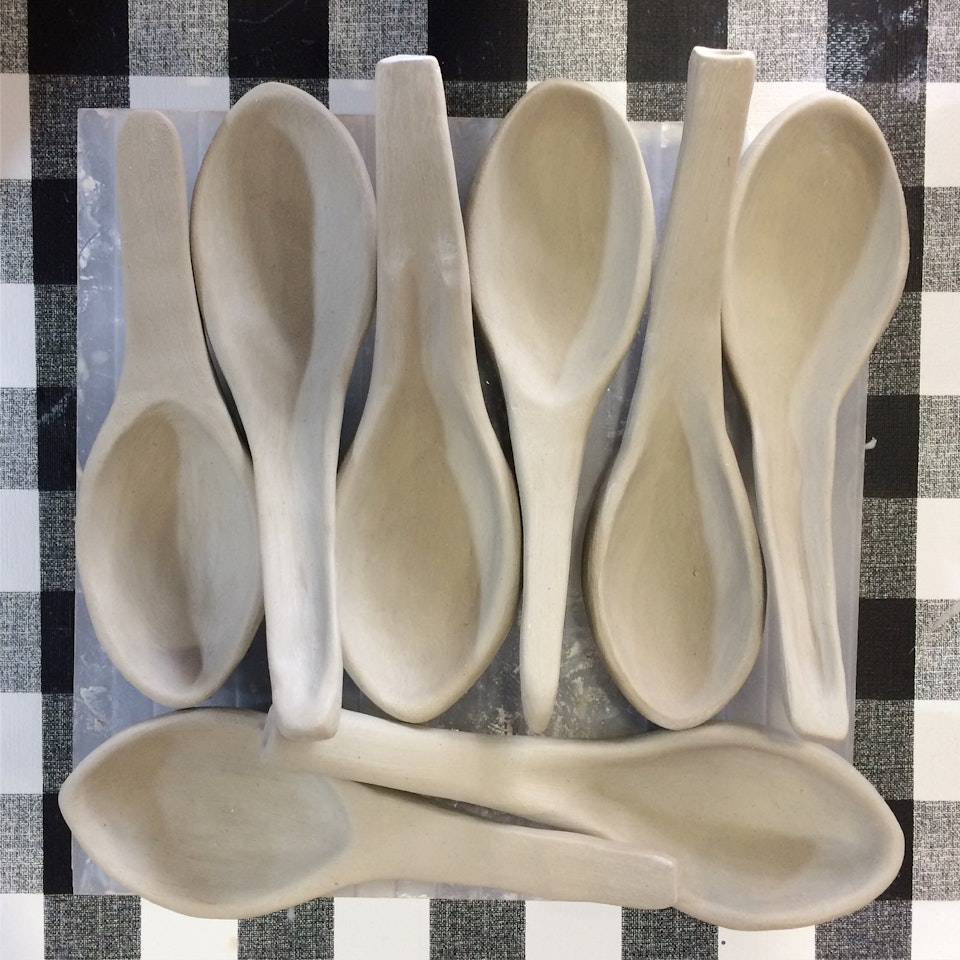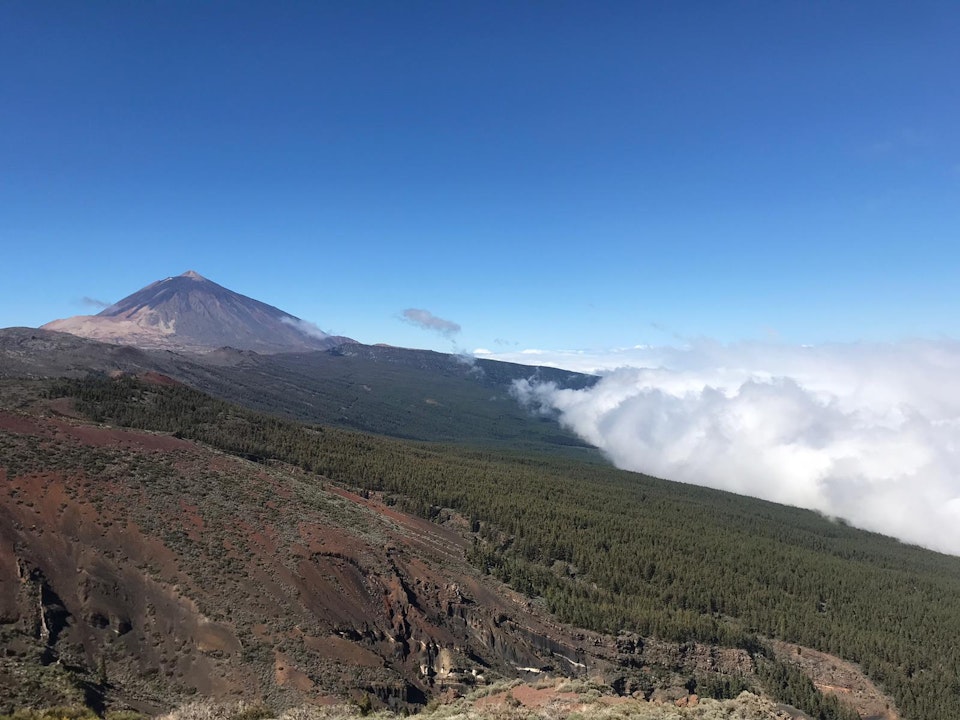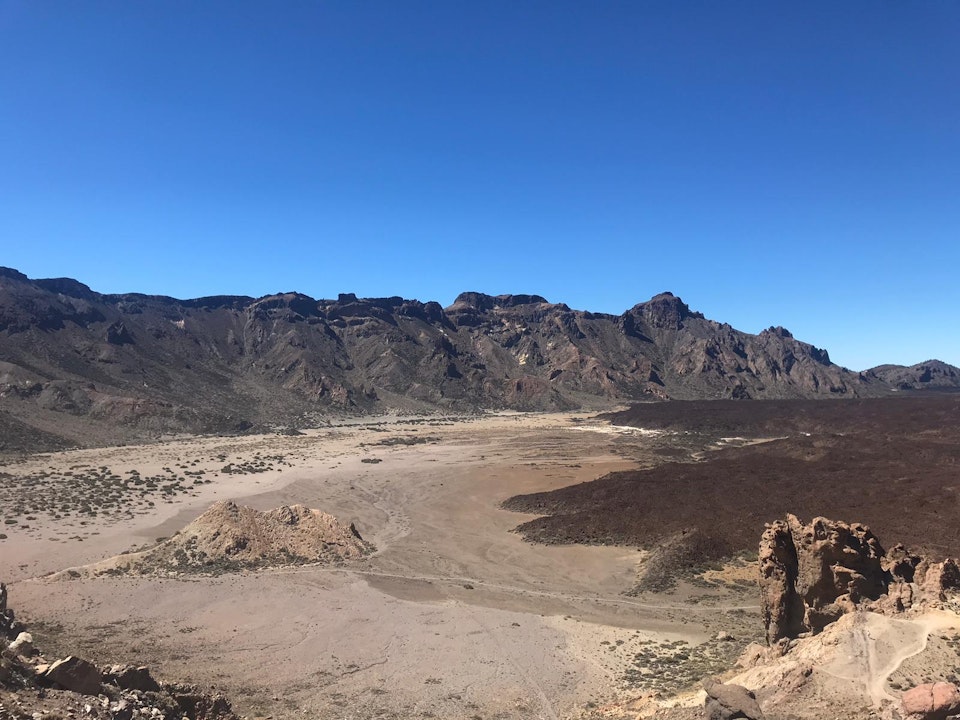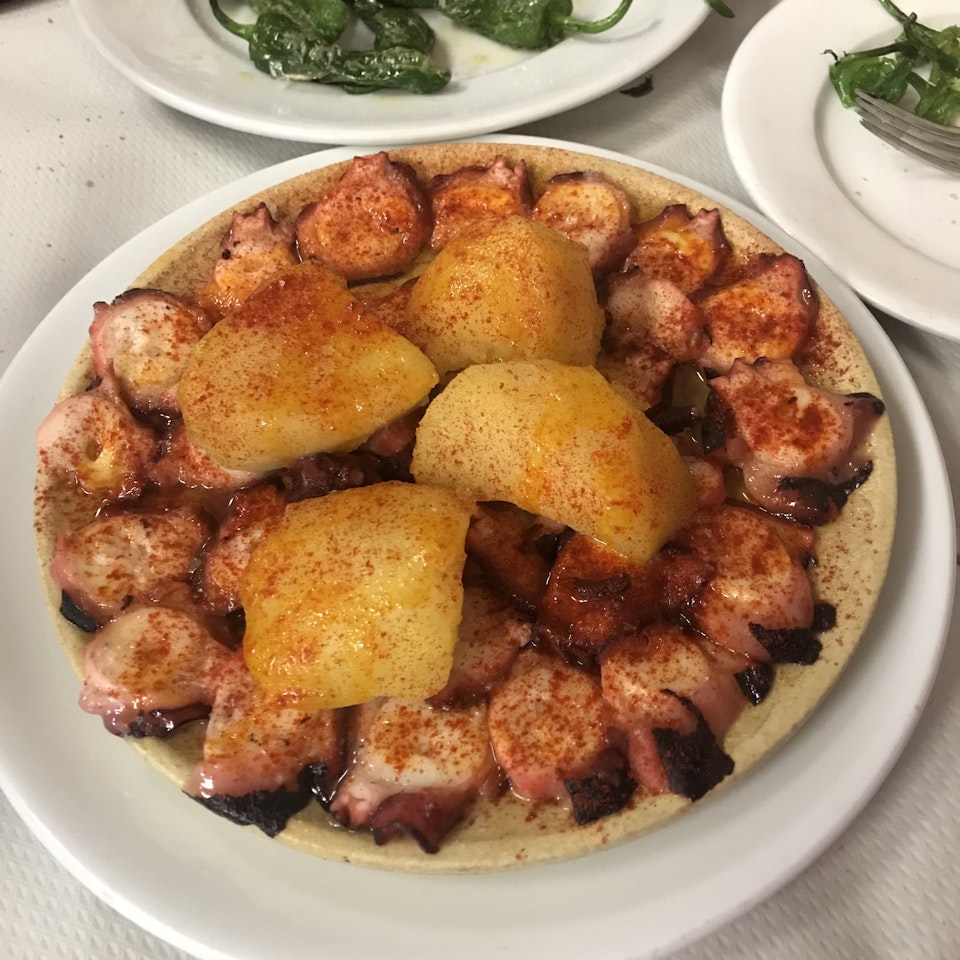July 20, 2019
How to Plan your Sabbatical
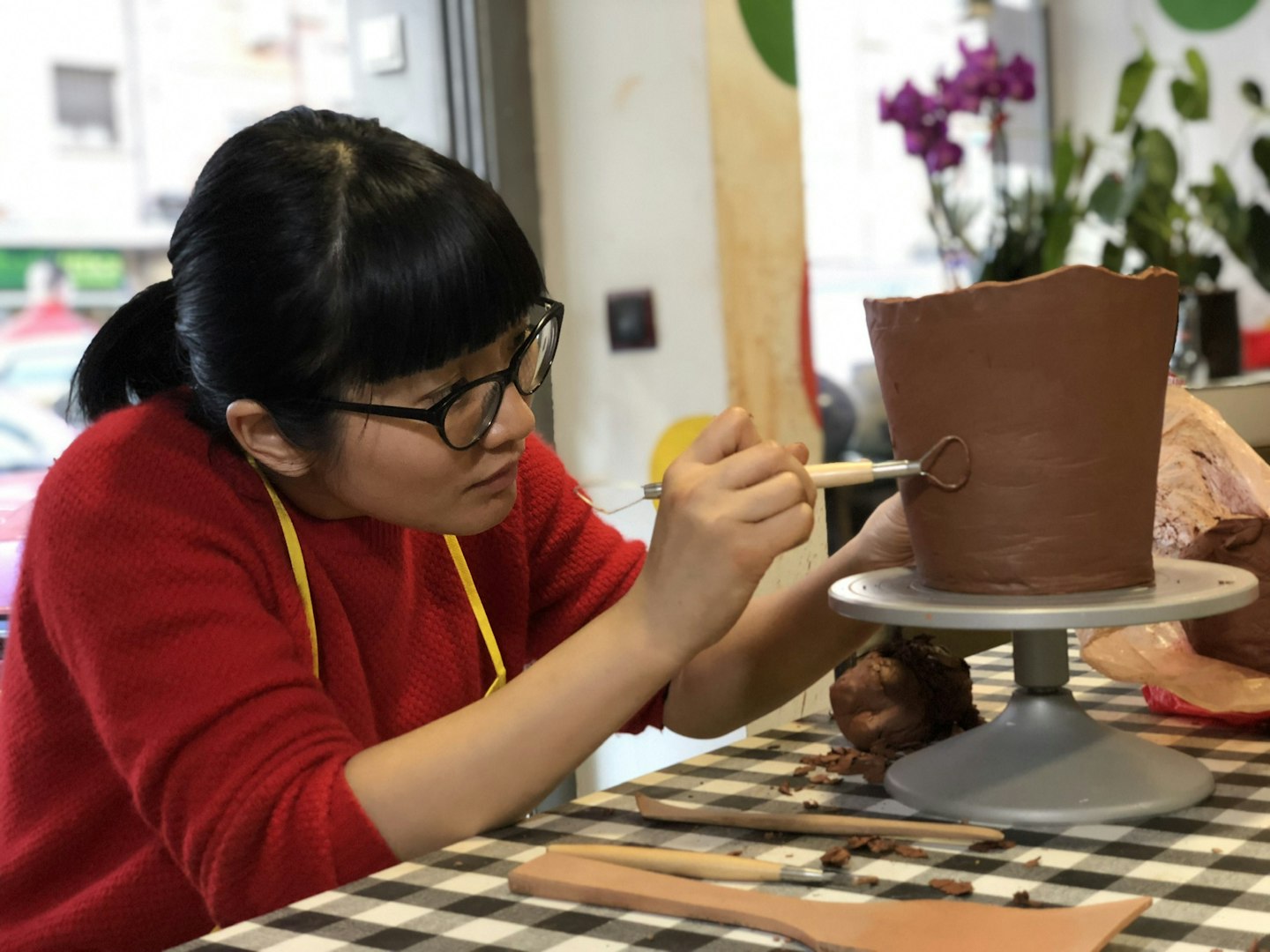
“Why does someone from Singapore need to learn Spanish?”, the immigration officer at Amsterdam’s Schiphol airport asked when I told him that I was going to take a sabbatical in Spain to learn the language.
“Well …” I mumbled. He stamped the page facing my student visa, not needing more details. No real need, except for the love of it, and to discover a whole new world around me and inside myself.
Why a sabbatical?
I was working long hours at my education policy job, a role that I enjoyed, but I felt too tired physically and mentally during my days off to pursue creative projects. I studied Fine Art in college, but art had taken a backseat in my life. Feeling out of sync, I decided to take a break to reflect on my life goals, and take time to do things I did not have time for, like making art, learning about UX design and studying Spanish.
Making Art.
With small blocks of free time, and my constant battle against fatigue, it was challenging to keep up the momentum of experimenting in my art, while also improving my technical skills in painting, textiles, and ceramics. With those goals in mind, I wanted to do an artist residency, and focus on completing my art projects.
Learning about UX design.
Within my career, I started gaining interest in a possible pivot towards applying user experience (UX) and user interface (UI) design and service design methodologies in the area of education.
Improve my Spanish.
While in college, I started studying Spanish as an elective and later spent a semester on a student exchange in Madrid. After a year and a half of formal classes, my level of Spanish was good enough to communicate basic needs, but was far from fluent. Though I made attempts to continue studying Spanish while living in Singapore, without opportunities to practice, my level of Spanish stagnated. I knew I had to return to Spain someday and pick it up again!
What I have done so far?
Fast forward six months into my sabbatical, I have:
Completed over 250 hours of Spanish classes (and passed two exams!)
Completed a UX/UI Design bootcamp in Spanish
Made over 30 ceramic pieces
Travelled to Tenerife, Granada, Paris, Amsterdam, Warsaw…
Had many wonderful Spanish meals
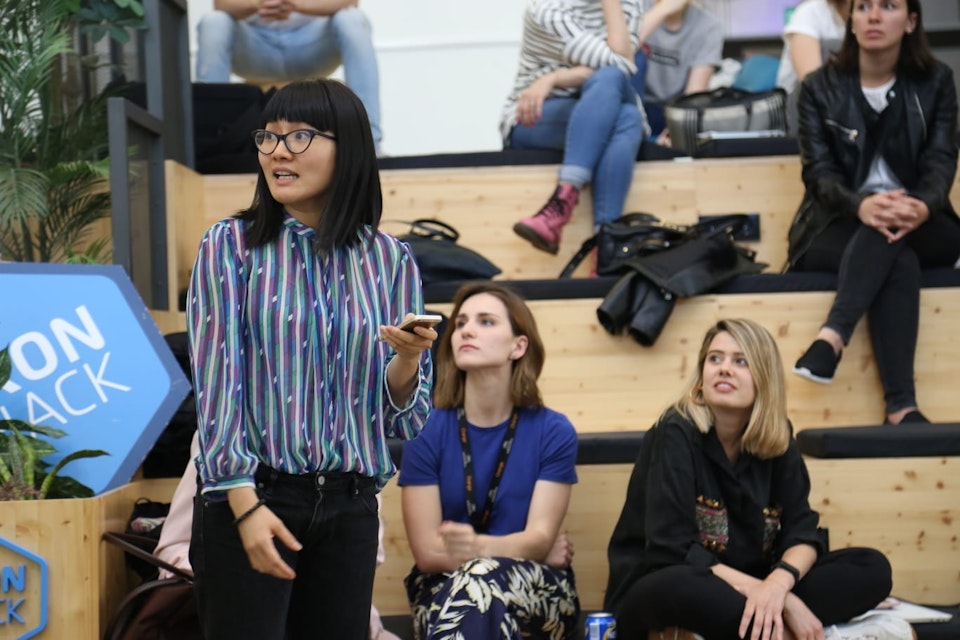 Presenting my final project at the design bootcamp, after 9 weeks of intense work.
Presenting my final project at the design bootcamp, after 9 weeks of intense work.
Courtesy of Georgiana Phua.
What have I learnt?
I am learning new things everyday –
Breaking and starting over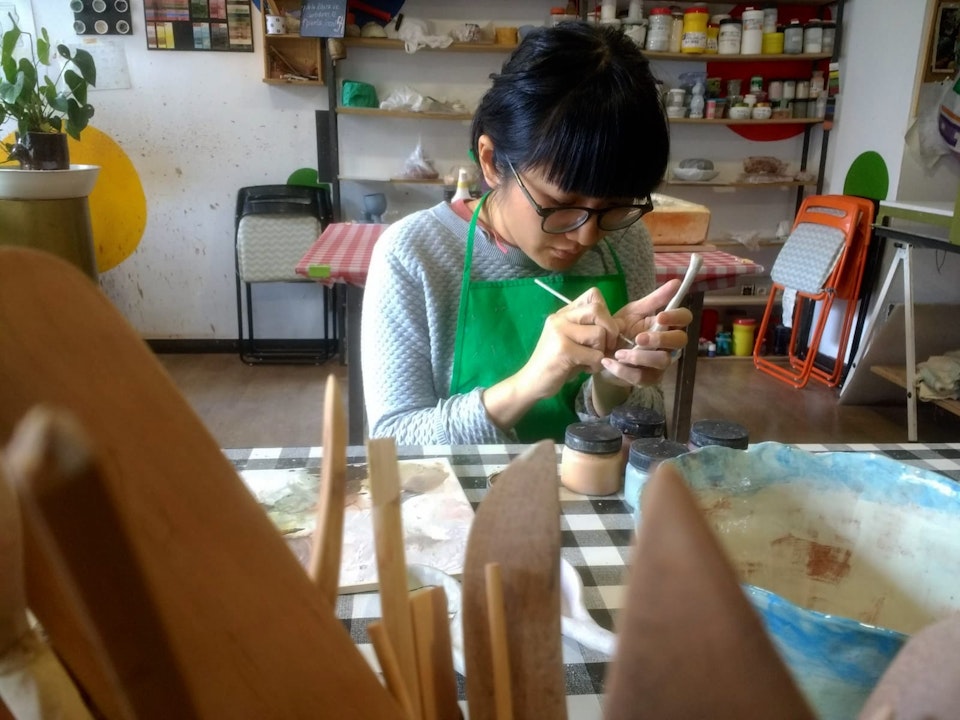
Decorating spoons in Alejandra's studio. Courtesy of Georgiana Phua.
Creating ceramics works with my hands was a welcome change from spending my days drafting digital documents. After one of my soup spoons at home broke, I started exploring the spoon form in clay, and made over 16 soup spoons in different designs, experimenting with different materials and tools. It was so much fun. I had worked with clay before my sabbatical, but had not explored using clay in such a playful way since childhood. Though I was not always successful - a few of my clay projects broke after days of work - one can always start again, with a new lump of clay.
Carving the spoons is a rather slow, but satisfying process (left). My first batch of clay soup spoons (right). Courtesy of Georgiana Phua.
The small bits of progress amount to big strides.
I was embarrassed about my level of Spanish during my first weeks here. Following lectures was a struggle, as was presenting my design projects in Spanish to my Spanish classmates. Over the period of three months, I went home everyday feeling completely overwhelmed. Taking it day-by-day, I eventually completed three design projects on software I had only learnt to use this year.
I learnt that persistence in practice and humility are keys to mastery. You will progress a little, then a lot. No super powers required.
I speak Spanish more fluently now than when I started my sabbatical. I still make mistakes everyday, but I am thrilled when I manage to accurately phrase my thoughts, use a new phrase in a conversation outside the classroom, or comprehend a video in Spanish.
In the months to come, I will continue to progress in my art, design and Spanish. Poco a poco.
You can do it, too!
Many of my friends were very encouraging, and some said that they would not have dared to do what I did. I do not think that I am bold, so much as having a sound plan and sufficient savings to provide for contingencies. Some amazing folks have had sabbaticals abroad, relocating their entire families for a year. To share what a wise friend told me a long time ago… “Plans are like dreams with legs.”
Mount Teide, the highest point in Spain, on the island of Tenerife. Courtesy of Georgiana Phua.
Planning your sabbatical
1. Research. Do your research on your preferred sabbatical activities. The book “Designing Your Life” gave me a good sense of how to shape my sabbatical activities in a coherent way. I recommend it. In addition, reading about the sabbatical experiences of others online helped me to gain confidence to take the plunge.
2. Discuss options with your employer. During a work review with my employer about a year before the start of my sabbatical, I told her that I wanted to take a break to explore the next steps in my career. She was very supportive and told me about the various options offered by the organisation for time off. The options vary from organisation to organisation, but speaking about this in advance will make it easier for your employer, and for you, to make plans.
3. Saving and Budgeting. Create a budget based on your lifestyle, duration and sabbatical activities. It is absolutely essential. Start saving for your sabbatical as early as you can. I started saving two years before my sabbatical. Having sufficient savings will give you peace of mind, allowing you to focus on your sabbatical.
4. Plan it and Tell Everyone! I had made a sketchy plan of activities and scheduled them by order of priority and availability (e.g. course dates). Travel plans and other projects that were more fluid were fit in later. After having a plan, tell everyone in your life about it! It helps to keep yourself accountable. Ask your trusted friends for advice too, if you feel like you need to test out the feasibility of your plan before setting it in stone.
5. Paperwork etc. If you are planning to go overseas during your sabbatical, you may need to make arrangements to take care of things at home or obtain a visa for countries you plan to visit.
I was fortunate to have the option of taking a year-long sabbatical from my job. While a year-long break might be too long for some, a break, even a short one, can do wonders.
Galician-style Octopus (Pulpo a la Gallega) is absolutely delicious. It is eaten with boiled potatoes, olive oil and lots of paprika (left). Skiing for the first time! (right) Courtesy of Georgiana Phua.
Book your VAWAA today. Search Artists.
Written by Georgiana Phua
For more tips, stories and new artist updates, subscribe here.
